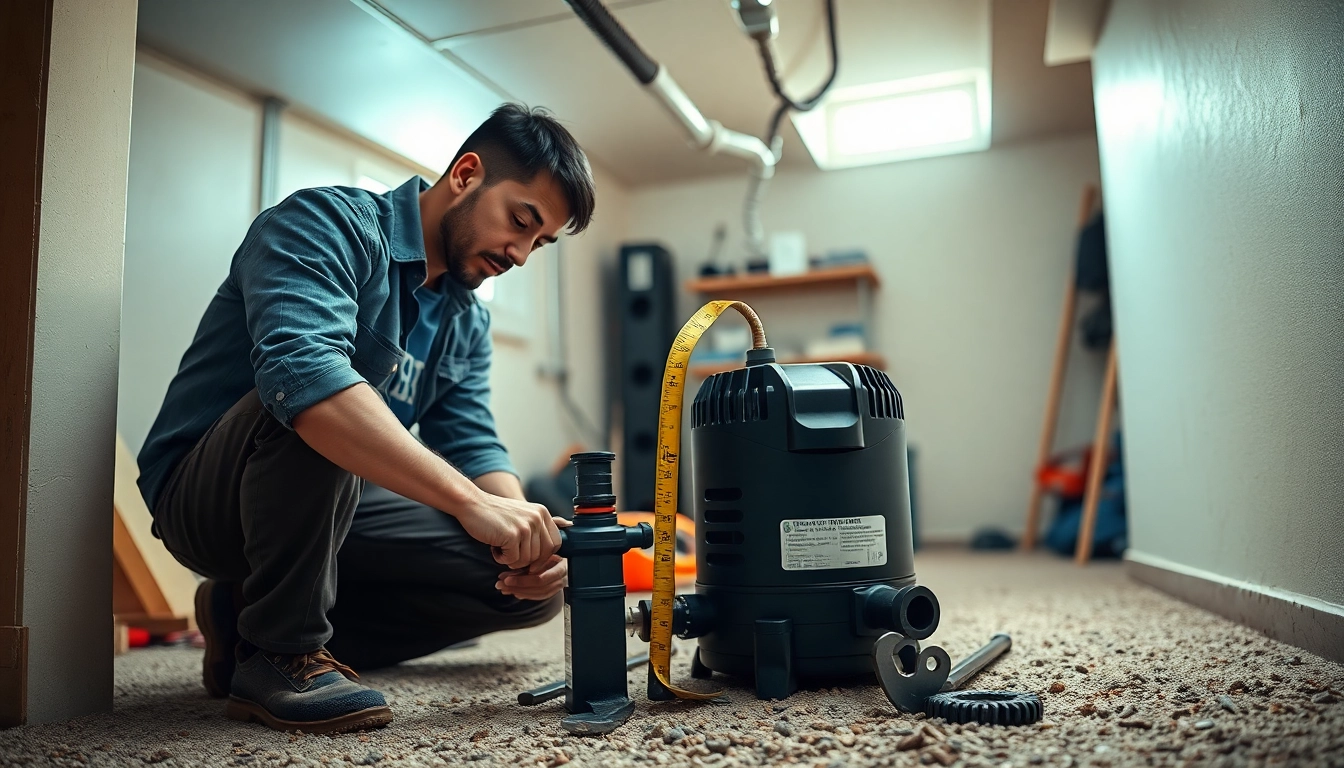Upgrading your home’s electrical panel can significantly enhance the safety, efficiency, and overall functionality of your electrical system. As technology advances and household demands grow, understanding when and why you need an electrical panel upgrade becomes essential for maintaining a well-functioning home. This comprehensive guide will explore everything you need to know about electrical panel upgrades, from identifying the necessity for an upgrade to the associated costs and long-term maintenance.
What is an Electrical Panel Upgrade?
Understanding Electrical Panels
An electrical panel, often referred to as a breaker box, is the heart of your home’s electrical system. It distributes electricity from the utility company to various circuits throughout the home. Typically made from metal, the panel houses circuit breakers that protect your wiring from overload and short circuits. Each breaker corresponds to different areas or appliances in your home, managing electrical flow and ensuring safety.
Over time, electrical panels can become outdated or insufficient for a home’s needs, especially in homes with extensive electrical demands due to modern appliances, hot tubs, electric vehicles, or home theaters. An electrical panel upgrades involves replacing the existing panel with a newer model that can handle increased electrical loads, provide better safety features, and meet current building codes.
Signs Your Electrical Panel Needs an Upgrade
Recognizing the signs that indicate your electrical panel may need an upgrade is critical. Look for the following indicators:
- Frequent Breaker Trips: If your circuit breakers frequently trip, this is a clear sign that your panel can’t handle the load.
- Old Fuses or Breakers: Older fuses or breakers might not meet current safety standards and can create hazards.
- Age of the Panel: Most panels have a lifespan of about 20-30 years. If yours is older, consider an upgrade.
- Excessive Heat: If your panel feels warm to the touch, it’s a warning sign of potential electrical issues that need addressing.
- Burning Smells: Any unusual odor or smoke should be taken seriously, as it could indicate electrical failure.
- Insufficient Capacity: If you are adding more appliances or devices, your existing panel may not supply adequate power.
Benefits of an Electrical Panel Upgrade
Upgrading your electrical panel comes with numerous advantages:
- Increased Safety: Newer panels come equipped with improved safety features, reducing the risk of electrical fires and other hazards.
- Enhanced Performance: A new panel can handle increased electrical loads, ensuring your home operates smoothly.
- Higher Property Value: An upgraded electrical system can boost your home’s market value, making it more appealing to potential buyers.
- Improved Energy Efficiency: Modern panels can help reduce energy waste and lower utility bills.
- Future-Proofing: An upgraded panel can accommodate new technologies, saving you the hassle of future renovations.
Steps to Prepare for Your Electrical Panel Upgrade
Consulting with a Licensed Electrician
Before proceeding with an electrical panel upgrade, it’s crucial to consult with a licensed electrician. They will assess your current electrical system and determine if an upgrade is necessary. Electricians can provide valuable insights into the wiring, electrical load requirements, and local building codes that must be followed.
During the consultation, the electrician will examine your current panel, note any existing issues, and discuss your specific household needs. This is also a good time to inquire about different panel types and brands available in the market.
Choosing the Right Electrical Panel
When selecting an electrical panel, several factors come into play. A qualified electrician can help with this process, but understanding the basics will empower you to make informed choices:
- Amperage Rating: Ensure the panel can handle the electrical load of your home. Common ratings are 100, 150, and 200 amps.
- Panel Types: Breaker panels, sub panels, and smart panels are all options that suit different needs.
- Brand Reputation: Choose from reputable brands known for reliability and customer support.
- Future Expandability: If you plan to add more appliances in the future, select a panel that can be easily upgraded.
Preparing Your Home for Upgrade
Preparation is key to a successful electrical panel upgrade. Here are steps to take:
- Clear the Area: Ensure the area around the panel is accessible and free of clutter.
- Inform Family Members: Advise family members about the upgrade to avoid unforeseen interruptions.
- Schedule Power Outage: Work with your electrician to plan for a power outage during the upgrade.
- Document Existing Setup: Take photos and notes on your existing connections for reference post-upgrade.
The Process of an Electrical Panel Upgrade
What Happens During the Upgrade?
The upgrade process involves several key steps that typically take a few hours to a full day, depending on the complexity. Here’s what to expect:
- Power Shutdown: The electrician will first turn off power to the home to begin safely working with electrical components.
- Removal of Old Panel: The old panel will be disconnected, and the wiring will be carefully labeled and removed.
- Installation of New Panel: The new panel will be mounted and connected to the existing wiring. Additional grounding and bonding may be necessary.
- Testing Connections: Once everything is wired, the electrician will restore power and test all circuits to ensure functionality and safety.
- Final Inspection: The work will be inspected to verify it meets local electrical codes and safety standards.
Common Challenges During Upgrade
Even with the best preparation, challenges may pop up during an electrical panel upgrade:
- Wiring Issues: If old wiring is damaged or outdated, it may need to be replaced, increasing time and costs.
- Panel Location: If the existing panel is in a difficult location, moving it may be necessary, adding complexity.
- Permit Requirements: Failing to obtain necessary permits can lead to delays, so ensure compliance with local regulations.
Post-Upgrade Inspections and Testing
After the upgrade, comprehensive tests will be conducted to ensure everything operates correctly. Inspections may include:
- Voltage Testing: To check for proper voltage across circuits.
- Load Testing: To ensure circuits can handle the expected loads without tripping.
- Safety Inspections: Ensuring proper grounding and bonding and that all components are secured and functional.
Cost Considerations for Electrical Panel Upgrade
Factors that Influence Upgrade Costs
Electrical panel upgrade costs can vary widely based on several factors:
- Panel Type and Amperage: Higher amperage panels with additional features typically cost more.
- Labor Costs: Depending on the electrician’s rates and time taken for the upgrade, labor can be a significant portion of the cost.
- Location: Regional differences in labor and material costs can affect total costs.
- Additional Repairs or Upgrades: If wiring needs replacement or additional circuits are required, this can increase the total investment.
Budgeting for Your Upgrade
Creating a budget for an electrical panel upgrade is essential. Consider these steps:
- Get Multiple Quotes: Obtain estimates from several electricians to compare costs and services.
- Include Permit Fees: Make sure to budget for any local permit fees that may be required.
- Decide on a Contingency Fund: Set aside an extra 10-20% of your budget for unforeseen expenses or repairs.
Financing Options for Homeowners
If the costs of an electrical panel upgrade are daunting, various financing options can help:
- Personal Loans: Consider personal loans specifically for home improvement projects.
- Home Equity Loans: If you have equity in your home, a home equity line of credit (HELOC) may offer lower interest rates.
- Credit Cards: For smaller upgrades, credit cards can provide a convenient option, but watch for high interest rates.
Maintaining Your New Electrical Panel
Tips for Safe Operation
Once your electrical panel is upgraded, practice ongoing safety routines:
- Regular Checks: Periodically check your panel for signs of wear, rust, or overheating.
- Avoid Overloading Circuits: Be mindful of how many devices you plug into each circuit.
- Label Breakers: Clearly label each circuit in your panel for easy identification in the future.
When to Schedule Inspections
Routine inspections will help ensure the longevity of your new panel. Schedule them:
- Every five years for general maintenance.
- After any significant remodeling or addition to your home.
- If you notice signs of trouble (e.g., tripping breakers, flickering lights).
Upgrades and Future Needs
Your electrical needs can change over time. Consider the following for future upgrades:
- Plan for Additional Circuits: New appliances or electronic devices may require additional circuits in the future.
- Monitor Energy Usage: Use energy monitors to understand your electrical consumption and adjust to avoid overloads.
- Stay Informed: Keep abreast of new technologies that may require higher amperages or specialized electrical systems.
In summary, an electrical panel upgrade is a crucial step in ensuring your home’s electrical system is safe, efficient, and adequate for modern demands. By understanding the signs that indicate a need for an upgrade, preparing effectively, navigating the upgrade process, considering associated costs, and planning for future needs, homeowners can make informed decisions that enhance their homes’ electrical infrastructure.















Leave a Reply